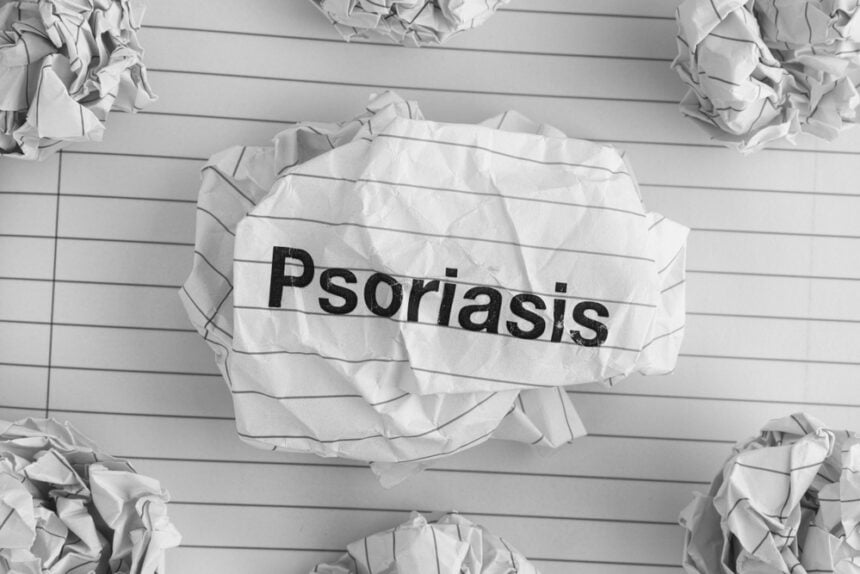Psoriasis is a common skin condition which occurs when the life cycle of skin cells is sped up. Because the life cycle is so short, skin cells build up quickly on the surface of the skin causing red patches and scales that are itchy, and often painful. As a chronic disease, psoriasis can come and go, and treatment usually centers around preventing skin cells from growing so quickly. While there is no cure for the condition, there are a number of ways that it can be managed.
The Symptoms of Psoriasis
The symptoms of psoriasis vary from person to person. However, some of the most common include:
- Red patches of skin covered with scales
- Small, scaly spots (common in children)
- Stiff and swollen joints
- Ridged, pitted or thickened nails
- Cracked, dry skin that may bleed on contact.
The red patches of skin can vary in severity. In some adults, they may be similar to a few dandruff-like scales, however in others they can cover large areas of the skin. Psoriasis doesn’t tend to be a condition that is permanent. Instead, sufferers go through cycles where the condition can flare quite badly and then go into remission.
There are also a number of things that can trigger flare-ups. These include:
- Certain medications, such as lithium
- Vitamin D deficiency
- Heavy alcohol consumption
- Smoking
- Stress
- Injuries to the skin, such as bug bites, cuts and scrapes, and severe sunburn
- Infections, such as strep throat
Diagnoses
If you believe you have psoriasis, it’s a good idea to visit your doctor. Diagnosis is pretty straightforward and will be done in one of the following ways:
- Physical Exam – usually this is all that is needed to make a diagnosis.
- Skin Biopsy – this is performed if your doctor needs to rule out other disorders. It’s usually performed under anesthetic, but it not a common form of diagnosis.
Treatment Options for Psoriasis
While there is no way to fully cure psoriasis as of yet, there are a number of ways to manage the condition. These are described below:
Moisturizing Creams and Shampoos
While psoriasis shampoo and creams won’t treat psoriasis, they can help to reduce the dryness, scaling and itchiness. There are a few different types of psoriasis shampoo, with medicated and coal tar being the most common. Apply as needed in place of your regular shampoo. Moisturizing creams should be applied daily after bathing.
Salicylic Acid
Available on prescription and over-the-counter, salicylic acid reduces scaling and promotes the shedding of dead skin. Topical corticosteroids are sometimes prescribed alongside salicylic acid to improve its effectiveness.
Topical Retinoids
Topical retinoids contain Vitamin A which helps decrease the inflammation some sufferers experience. They’re not recommended for women who are pregnant or breastfeeding, though, and they can lead to skin irritation in some people.
Light Therapy
Many people with psoriasis find that light therapy helps them. Even just getting out in the sunlight is enough for some sufferers. In other cases, phototherapy can help. This involves shining an artificial UVB light on the patches of psoriasis. It can be administered two to three times a week and has been proven to help people with mild to moderate psoriasis.
Oral Medications
If you have severe psoriasis that doesn’t respond to light therapy or topical solutions, your doctor may prescribe oral medications. There are several options here including oral retinoids, drugs that alter the immune system, and drugs which slow cell production. As a last resort, hydroxyurea and thioguanine may be prescribed.
If you have been suffering with psoriasis, book an appointment with your doctor. He or she will be able to diagnose your condition and help you to find relief from the symptoms.

